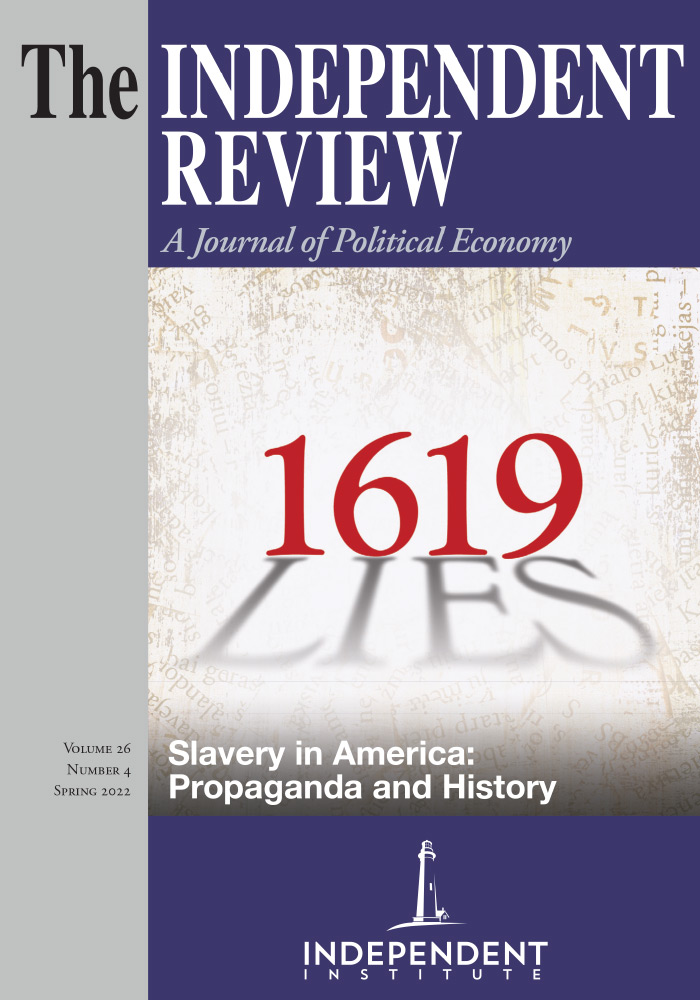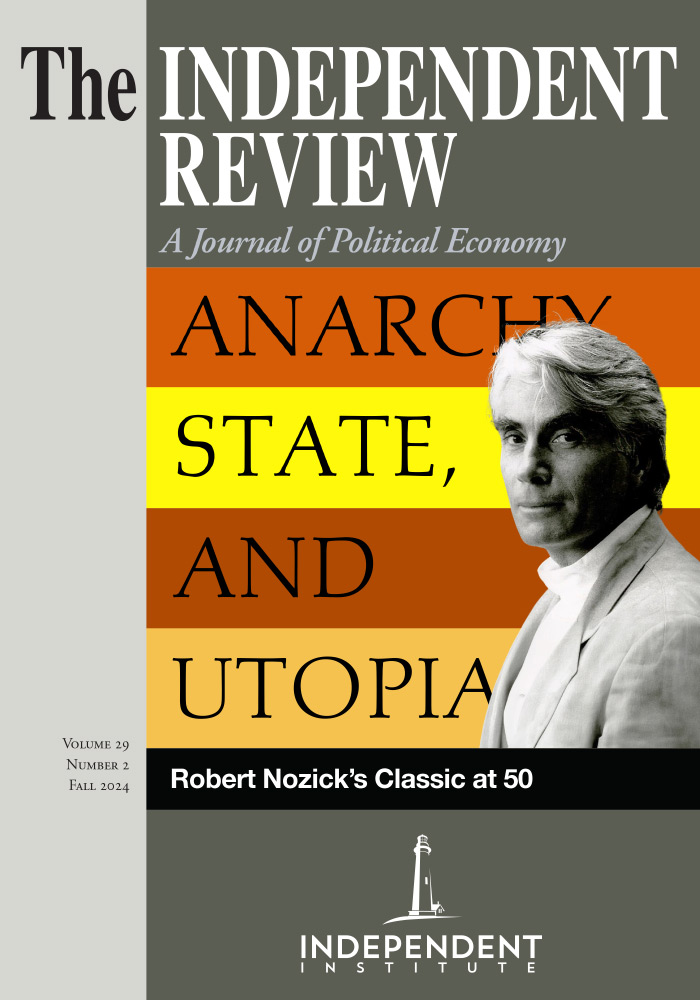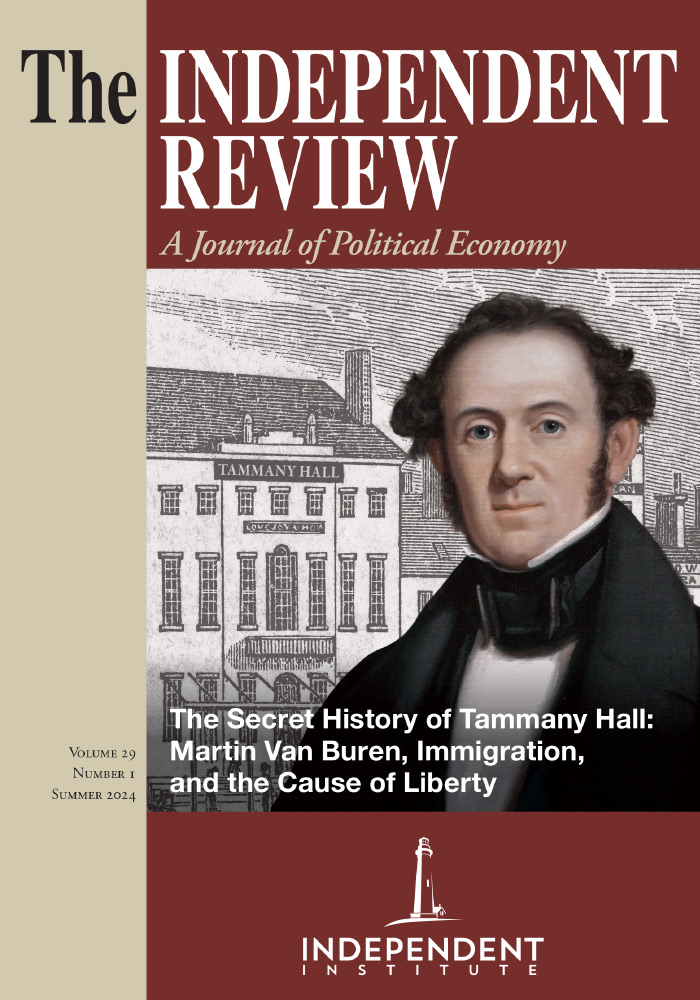The model of wildlife conservation that evolved in the late 19th and early 20th centuries—known as the North American Wildlife Conservation Model—has proven to be so successful that many areas now confront an overabundance of game species, a costly problem that cannot be easily addressed under the model as it is currently understood. This essay shows that wildlife managers can restore biological balance without species endangerment by fully or partially re-commercializing wild game meat.
Robert E. Wright is a Senior Research Fellow at the American Institute for Economic Research.
Energy and the EnvironmentLaw and LibertyNatural ResourcesProperty Rights, Land Use, and ZoningRegulation
| Other Independent Review articles by Robert E. Wright | ||
| Fall 2024 | Winning America’s Second Civil War: Progressivism’s Authoritarian Threat, Where It Came From, and How to Defeat It | |
| Fall 2023 | The Big Myth: How American Business Taught Us to Loathe Government and Love the Free Market | |
| Spring 2022 | Cronyism: Liberty vs. Power in America, 1607–1849 | |
| [View All (6)] | ||










